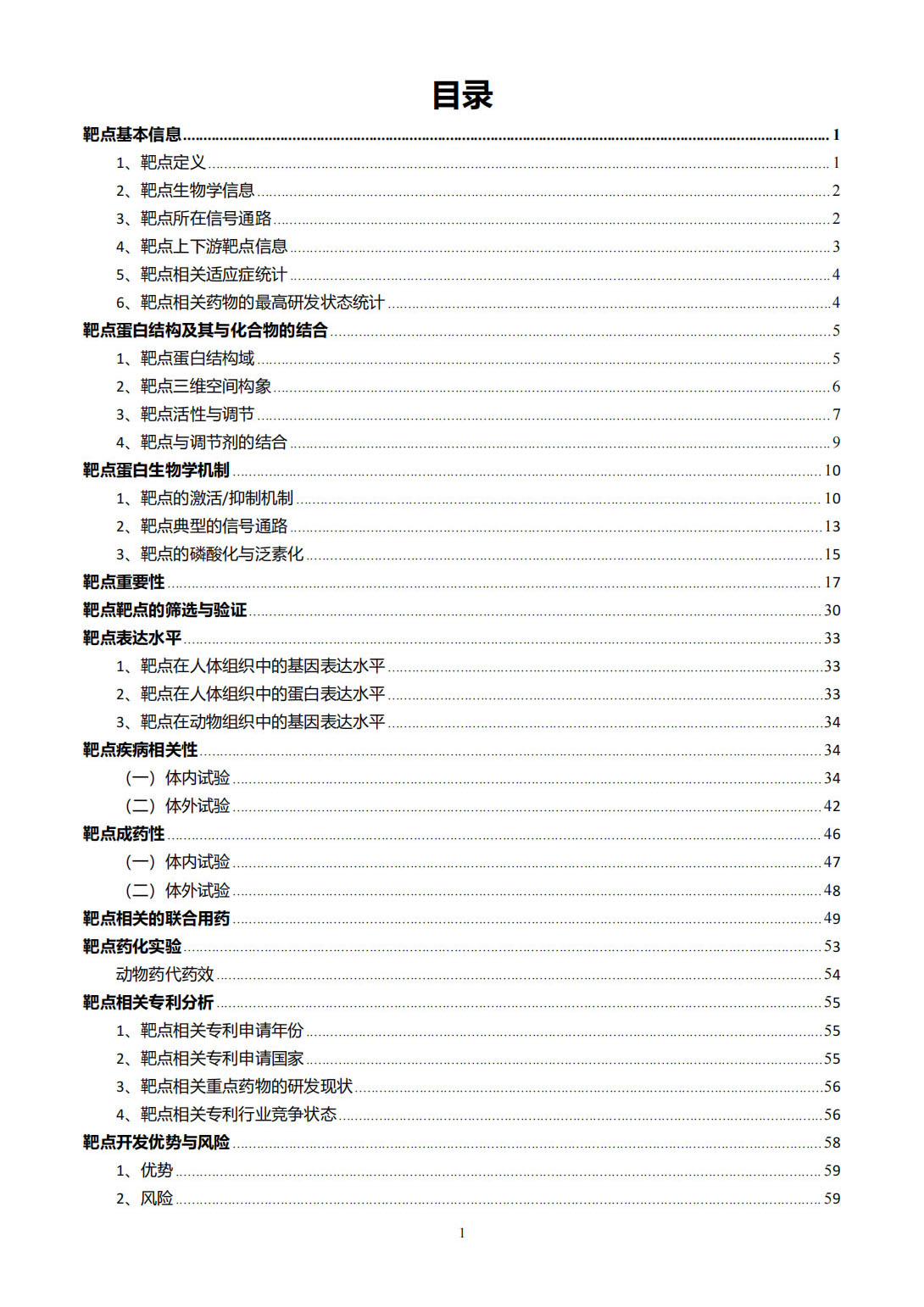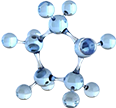NOTCH1 Target Analysis Report Summary


About the Target
Based on the keywords "Notch," "Notch1," and "NOTCH1," here are the key viewpoints extracted from the provided context information:
Overexpression of Notch-1IC may have opposing effects on non-small-cell lung carcinoma (NSCLC) cells under different environmental conditions. In normoxia, overexpression of Notch-1IC may sensitize NSCLC cells, while under hypoxia, it may promote an autocrine feedback loop that ultimately results in overactivation of the phosphoinositide 3-kinase/Akt axis [1].
Circular RNA (circRNA)-000911 acts as a miR-449a sponge to regulate the miR-449a/Notch1/nuclear factor-kappaB (NF-kappaB) pathway in breast cancer cells. Decreased circRNA-000911 expression in breast cancer leads to increased activity of miR-449a, downregulation of Notch1, and upregulation of downstream effectors, promoting breast tumorigenesis and progression [2].
Vasorin, in addition to its role as an inhibitor of the TGF-beta pathway, can stabilize Notch1 at the membrane, allowing extracellular and intracellular cleavage of Notch1 intracellular peptide NICD1. This plays a role in Notch1 signaling activation and formation of a transcription complex in the nucleus [3].
HBx and the Notch1 pathway are implicated in hepatocellular carcinoma (HCC) proliferation. The detailed mechanism and role of HBx and Notch1 in HCC proliferation are discussed [4].
USP28 regulates the stability of oncoproteins involved in proliferation, cell cycle progression, and oncogenesis, including Notch1. It also stabilizes the SCC transcription factor Np63, which strongly regulates SCC cell identity, oncogenesis, and genomic stability [5].
These key viewpoints provide insights into the role and regulation of Notch1 in various cancer types, including lung carcinoma, breast cancer, and hepatocellular carcinoma, as well as its interaction with other pathways and factors such as miRNAs, circular RNAs, and the TGF-beta signaling pathway.
Based on the provided context information, the following key viewpoints can be extracted:
NOTCH1 is involved in the regulation of HER3 protein degradation. Functional NOTCH1 signaling suppresses the phosphorylation of AKT, which in turn inhibits the deubiquitinating enzyme USP8. This prevents the polyubiquitination and subsequent proteasomal degradation of HER3 protein [7].
Loss of NOTCH1 function leads to increased phosphorylation of AKT and down-regulation of USP8 activity, resulting in enhanced degradation of HER3 [7].
In normal intestinal stem cells, Notch1 activation is mediated by Dll4 ligand in adjacent cells. However, tumor cells lacking glycosylated Notch1 cannot respond to Dll4 and depend on Jag1-dependent Notch signaling [8].
Silencing Notch1 in TOV112D ovarian cancer cells results in a decrease in cell proliferation, indicating that Notch1 plays a role in promoting cell growth [9].
In U87 glioblastoma cells, downregulation of mir-34a-5p leads to an upregulation of Notch-1 expression, which in turn increases the expression of EGFR and promotes cell proliferation. Upregulation of mir-34a-5p or inhibition of Notch-1 can negatively affect cell proliferation [10].
In addition to these key viewpoints, various experimental results and observations related to the effects of methyl donor deficiency, folic acid supplementation, and miR-34a silencing on Notch signaling proteins were described [6].
Figure [1]

Figure [2]

Figure [3]

Figure [4]

Figure [5]

Figure [6]

Figure [7]

Figure [8]

Figure [9]

Figure [10]

Note: If you are interested in the full version of this target analysis report, or if you'd like to learn how our AI-powered BDE-Chem can design therapeutic molecules to interact with the NOTCH1 target at a cost 90% lower than traditional approaches, please feel free to contact us at BD@silexon.ai.
More Common Targets
ABCB1 | ABCG2 | ACE2 | AHR | AKT1 | ALK | AR | ATM | BAX | BCL2 | BCL2L1 | BECN1 | BRAF | BRCA1 | CAMP | CASP3 | CASP9 | CCL5 | CCND1 | CD274 | CD4 | CD8A | CDH1 | CDKN1A | CDKN2A | CREB1 | CXCL8 | CXCR4 | DNMT1 | EGF | EGFR | EP300 | ERBB2 | EREG | ESR1 | EZH2 | FN1 | FOXO3 | HDAC9 | HGF | HMGB1 | HSP90AA1 | HSPA4 | HSPA5 | IDO1 | IFNA1 | IGF1 | IGF1R | IL17A | IL6 | INS | JUN | KRAS | MAPK1 | MAPK14 | MAPK3 | MAPK8 | MAPT | MCL1 | MDM2 | MET | MMP9 | MTOR | MYC | NFE2L2 | NLRP3 | NOTCH1 | PARP1 | PCNA | PDCD1 | PLK1 | PRKAA1 | PRKAA2 | PTEN | PTGS2 | PTK2 | RELA | SIRT1 | SLTM | SMAD4 | SOD1 | SQSTM1 | SRC | STAT1 | STAT3 | STAT5A | TAK1 | TERT | TLR4 | TNF | TP53 | TXN | VEGFA | YAP1

